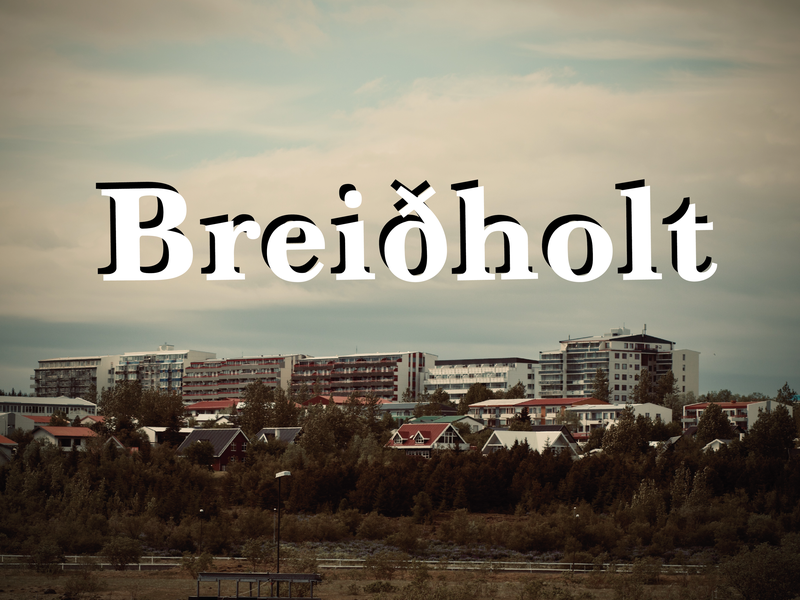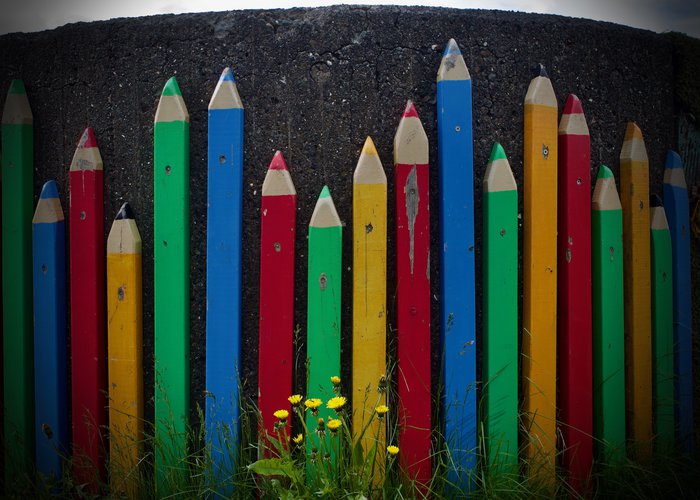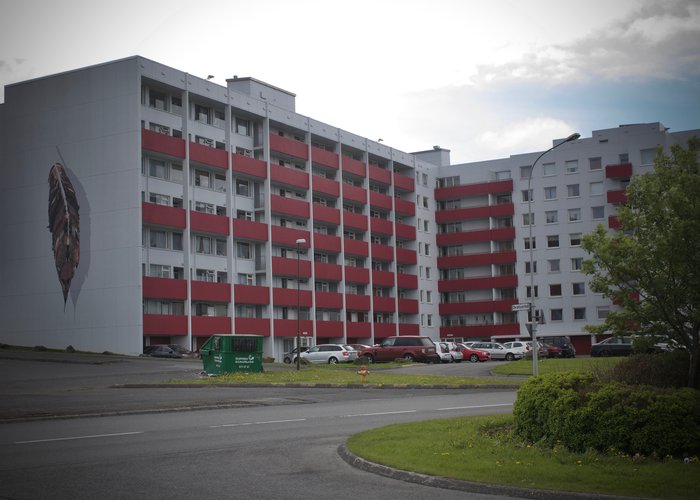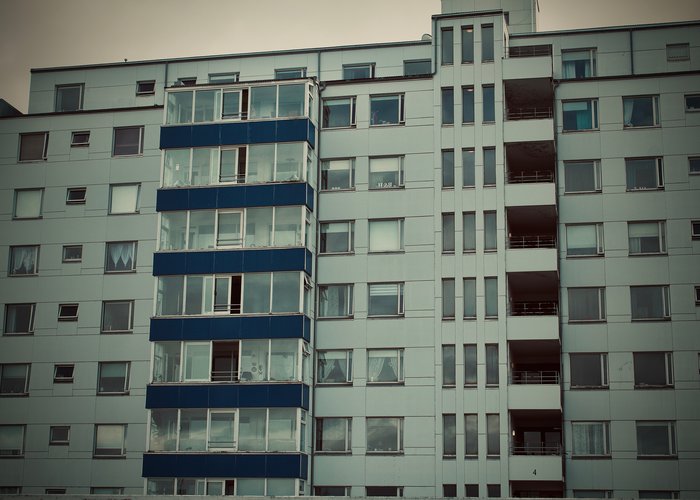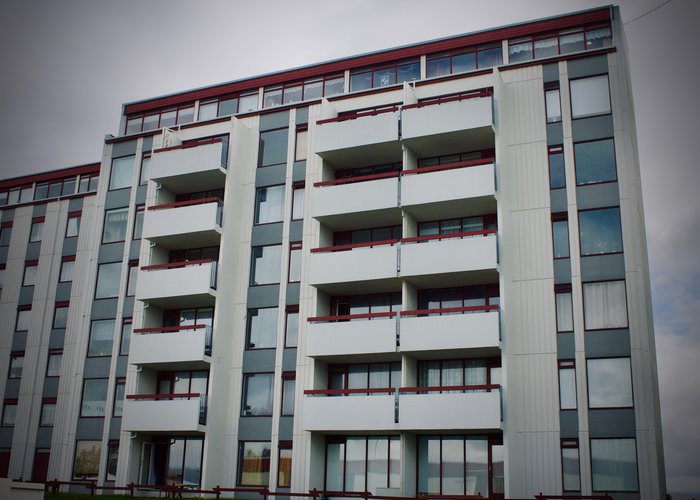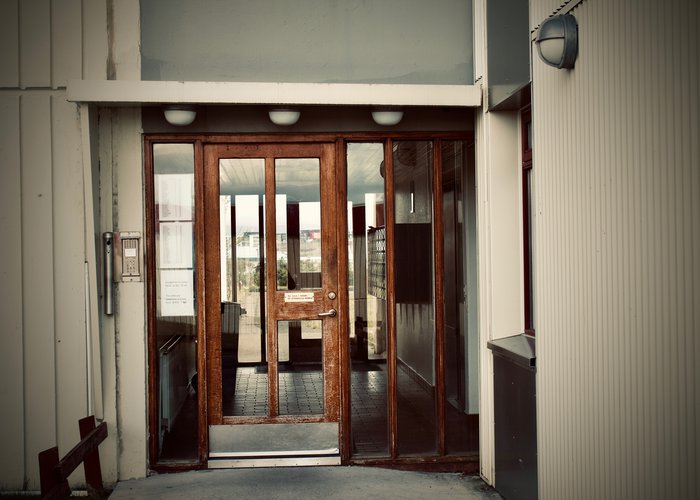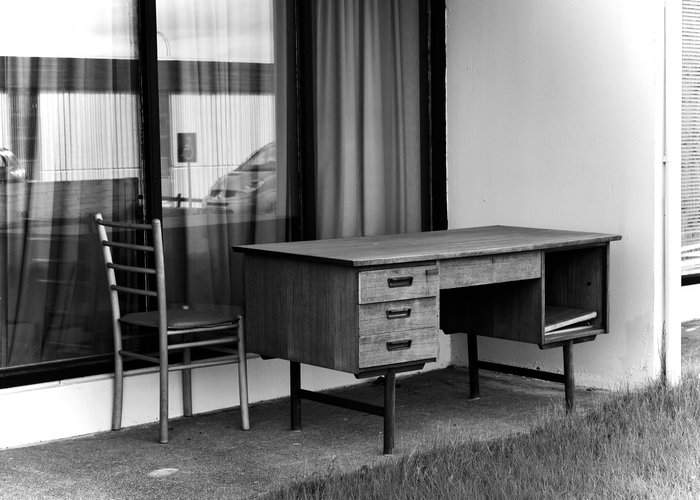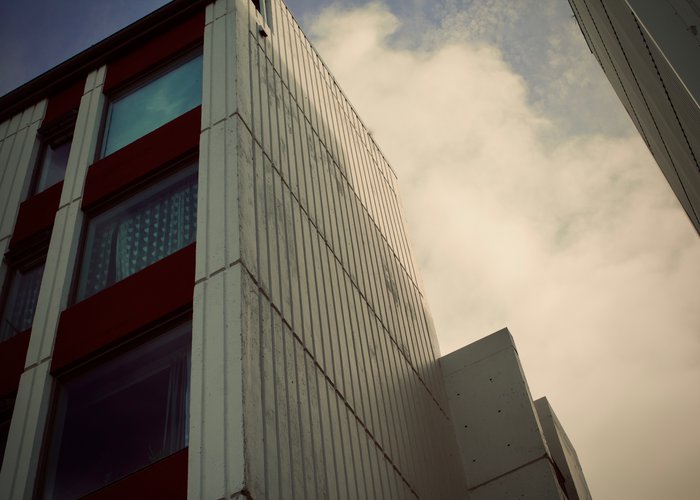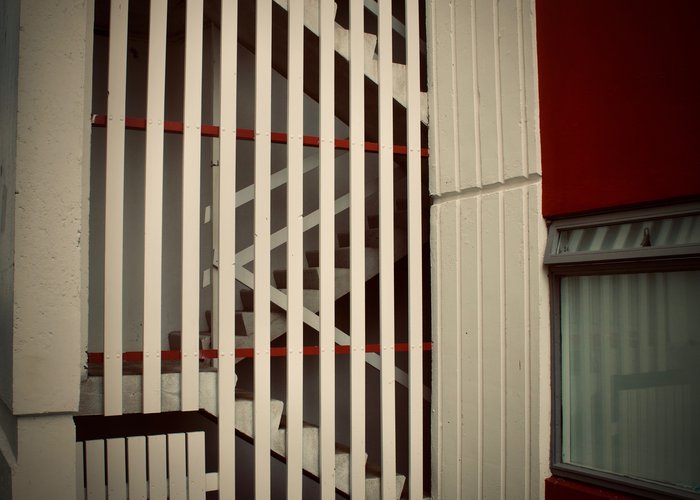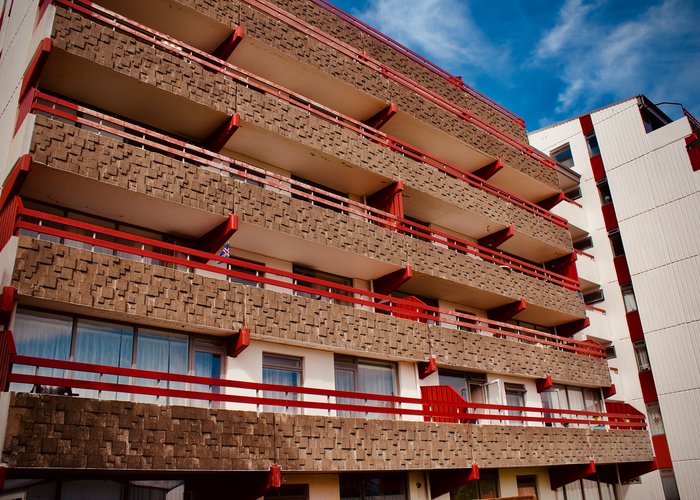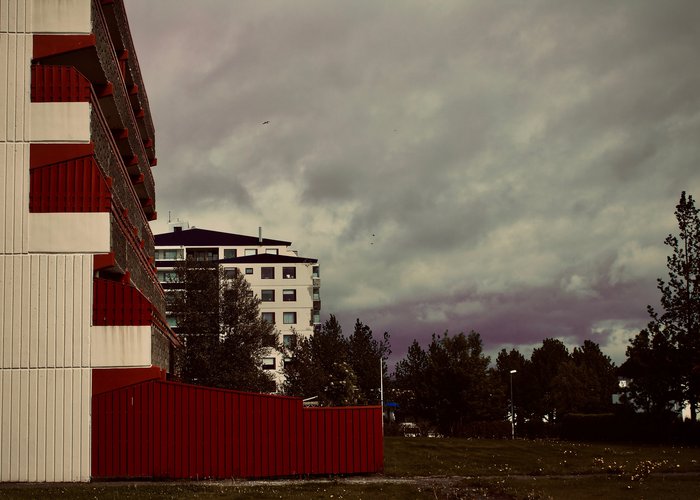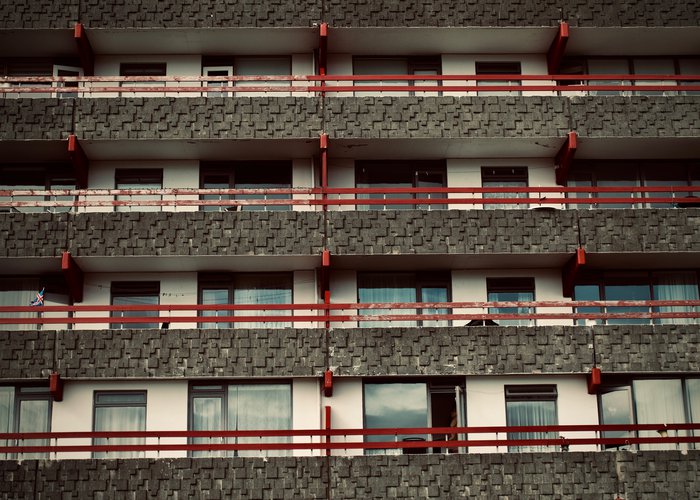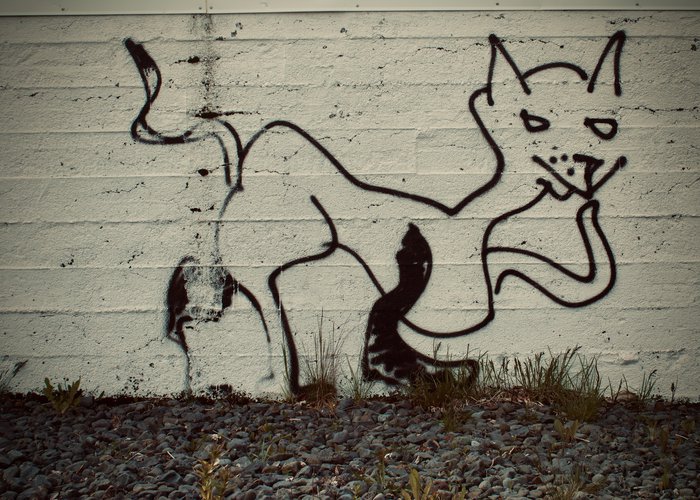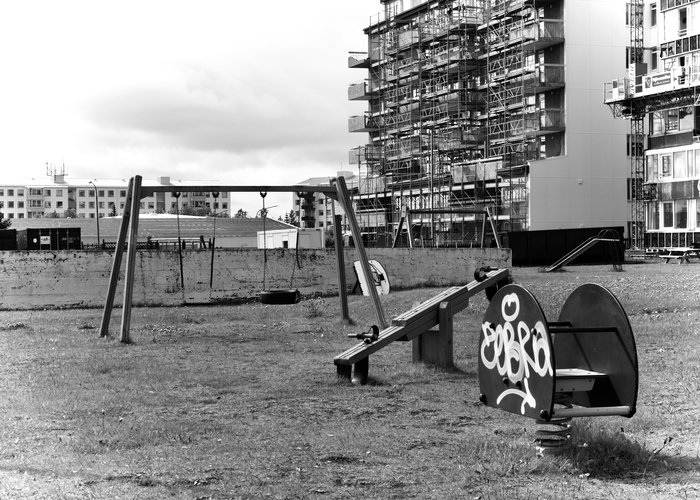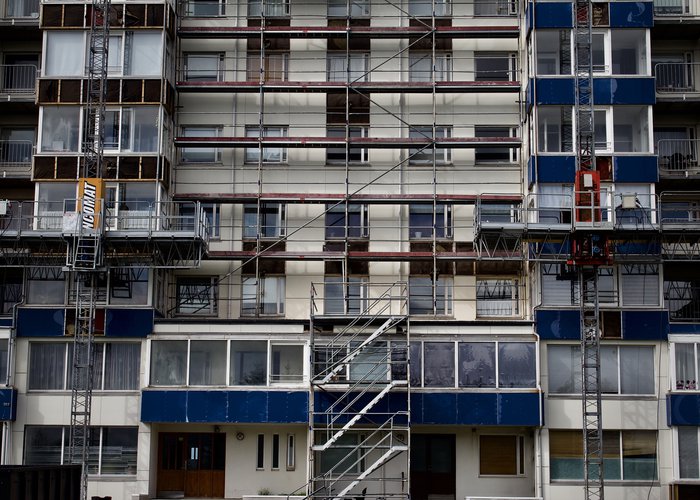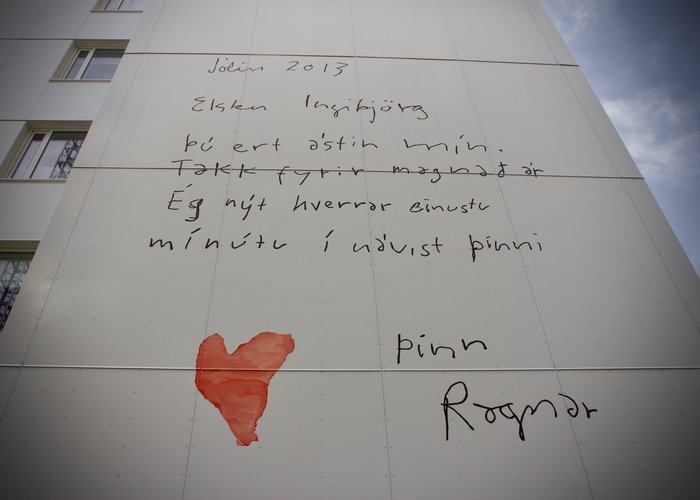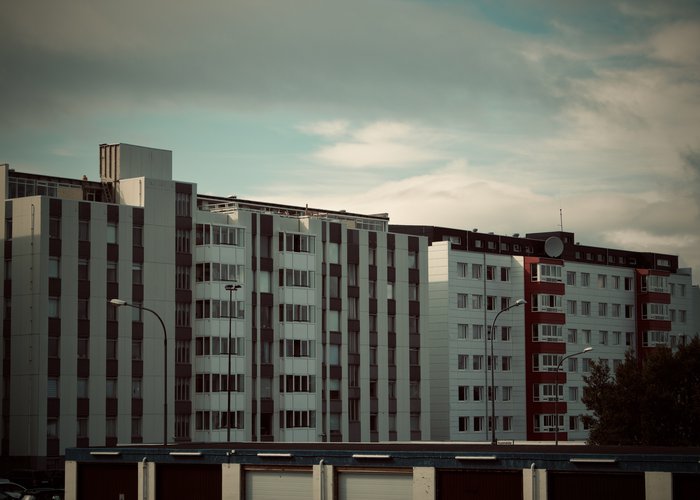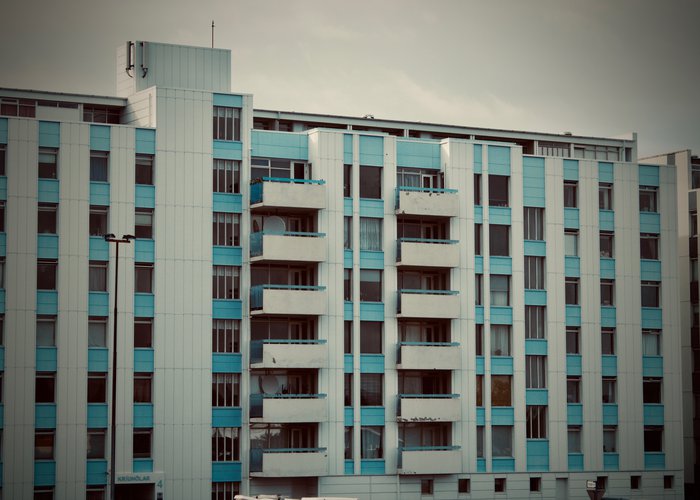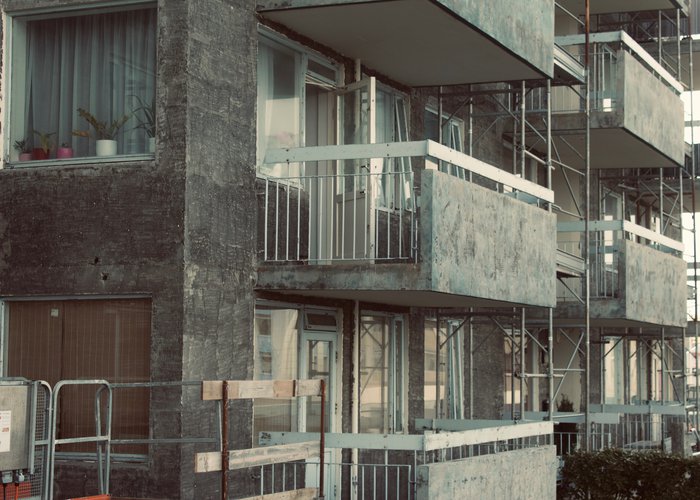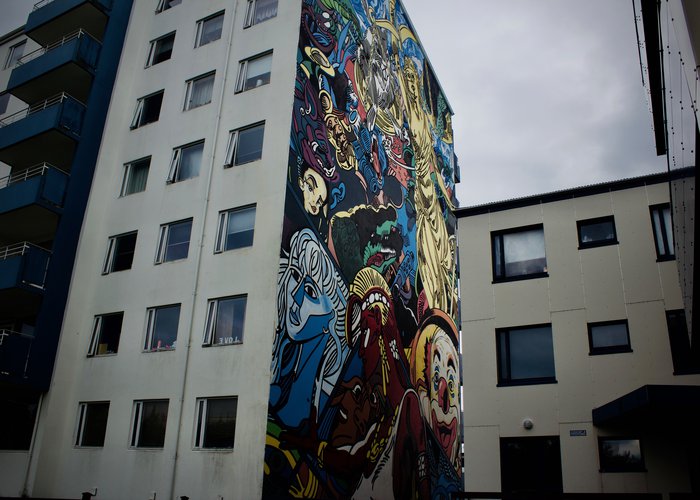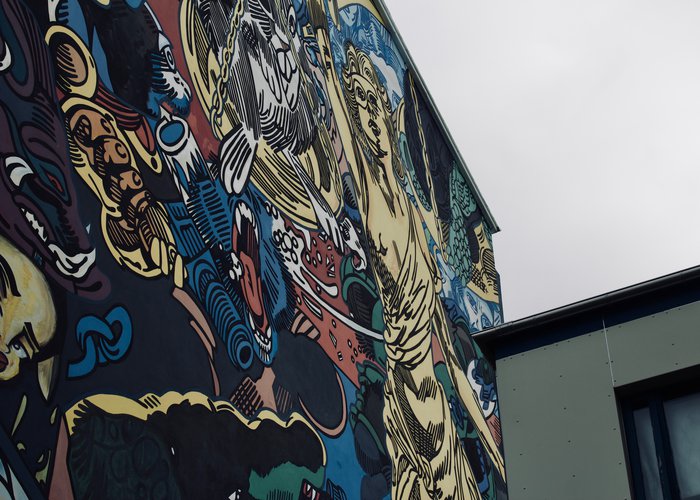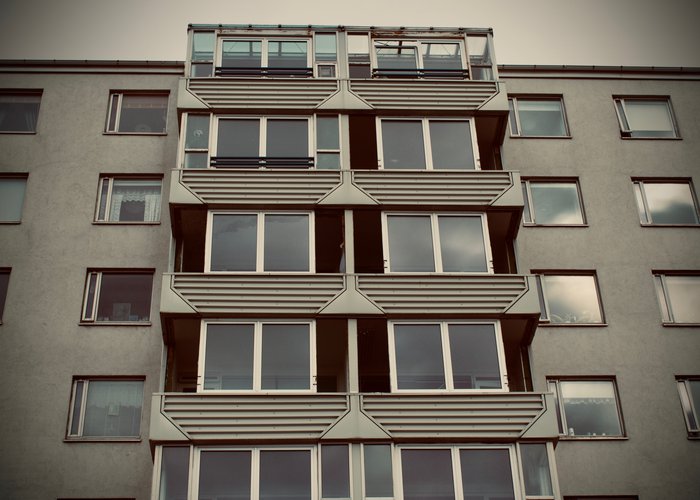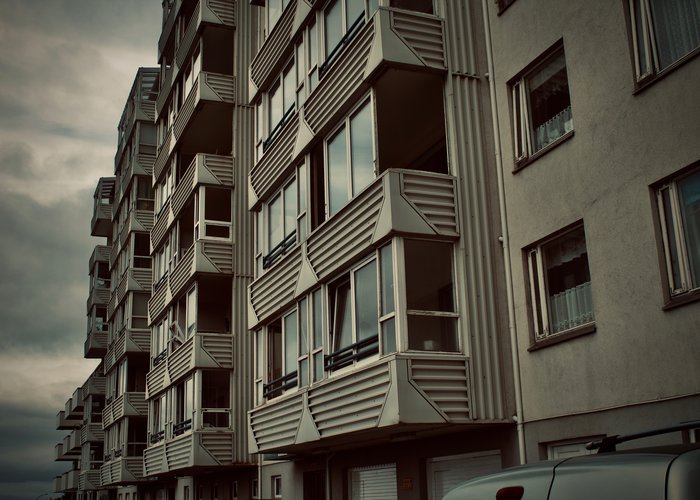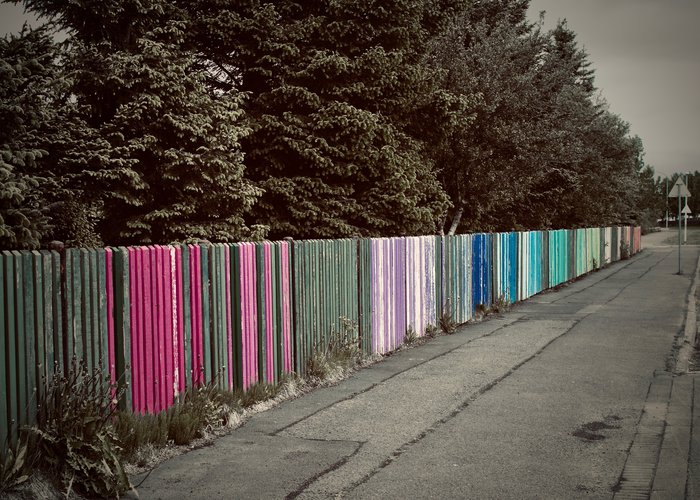When I first visited the land of ice and fire, I had the impression that the houses were huge. It made sense to me, given that with a small population and plenty of space, you can have the luxury of building homes with large rooms and large windows. Until my second visit, I met Breiðholt. For a long time I have been preparing this instalment, but the weather had not been on our side. Finally, I was able to find a suitable day to illustrate this text. Unlike the other texts in this series on Icelandic architecture, this article is motivated by history and not so much by the visual aspect of the place. So let's walk among the multi-family houses in the Breiðholt district.
But before ... an anecdotical stop
Something in Breiðholt was more familiar to me, what I knew from my whereabouts in the south of Mexico City. But I also thought about Tlatelolco, those buildings from the 60s of the so-called housing complexes. Since we arrived to Iceland, and during the search for our apartment, I became obsessed with Breiðholt, because there are much more accessible apartments there and, hopefully, we could find a housing option in upstairs apartments that have a privileged view. Then, I found the hidden side of the district, as the labyrinths formed between its buildings hide an open secret.
A contextual stop
Breiðholt means “wide hill”, as the district is located precisely on a hill on the banks of Reykjavík. Planning for the construction of the multi-family units began in 1960 based on an agreement between the unions and the government, with the aim of creating more accessible housing for workers. And since then, the construction of different housing complexes begun at different points in the region, with Breiðholt being one of the largest districts within Reykjavík. The development of the district meant a technological advance in the tools and materials within the country, to mention an example, the use of cranes and the precepts of the modernist architecture (which by the way shares with Tlatelolco, who would’ve thought!).
Breiðholt's stigma
With the passage of time, this district began to acquire a reputation similar to what is heard in marginalised neighbourhoods, since mostly low-income people resided there. The talk between the media and the Icelanders from other regions exacerbated the narrative that this place was a dangerous and problematic area, despite the fact that the statistics didn't confirm the suspicions. Breiðholt residents resented the stigma, omitting the fact that they lived there so as not to be associated with what the unfounded rumours assumed of them. And from then arose the stigma, which still persists to date.
Here it is necessary to touch on a rather sensitive subject, since marginalisation, which was previously merely economic in nature, has changed over the years into one of the topics that are discussed today in multiple parts of the world: migration. Breiðholt is today home to various cultures, demographic change that, according to statistics, accelerated into the new century, as a result of the need for labor in the region and, of course, globalisation. While it is true, Breiðholt is not isolated from other areas within Reykjavik, as it is in other parts of the world with the so-called "ghettos", the stigma prevails. The area called Efra-Breiðholt (Upper Breiðholt) is known for being one of the highest concentrations of migrants, mostly from Poland.
And here is another anecdotal fact, for this very reason, stores specialised in imported products have a great presence in the area. In my course of Conversation in Icelandic, in the dynamics in which we made a presentation about our countries, and in particular, about the typical food of each region, it was peculiar that we all agreed that the best place to find the different ingredients to prepare these dishes it is in Breiðholt. The teacher was surprised, because she had no idea of the amount of things that, fortunately, nowadays, we can find there. In my case, as a Mexican, it is a relief to have access to products like Maseca, for when the craving is insatiable.
The Reykjavík government since those years in which the stigma was sown, had tried to take action on the matter and efforts have been made since then to create spaces for the community, having an importance in the artistic and cultural scene of Iceland. But like everything in life, eradicating a stigma is a long process, there is still a long way to go.
However, Breiðholt is undeterred, is still there at the top of the hill, observing the changes in the center of the island, which seems to look with disdain.
There on its hill, in the 111, it prevails, because, without a doubt, it’s aware that is a treasure in itself.
Sources:
- https://grapevine.is/mag/articles/2011/11/28/breidholt-where-you-kick-cans-or-lampposts/
- https://hiticeland.com/iceland/brei%C3%B0holt
- https://timarit.is/page/5955333#page/n67/mode/2up
- https://grapevine.is/icelandic-culture/2018/06/14/111-straight-outta-breidholt/
- https://www.dv.is/fokus/menning/2018/03/11/folkid-i-longu-blokkinni/
- http://old.mcc.is/media/frettir/to%CC%88lfraedisky%CC%81rsla-2017-endanleg-og-uppsett.pdf?fbcli&fbclid=IwAR12qKv13VRgkvilJSs_Zdkw3_O6RxB-mo2hy1jbtzbmmZp-Xc_bLLrqEjs
- https://rm.coe.int/1680482b89
